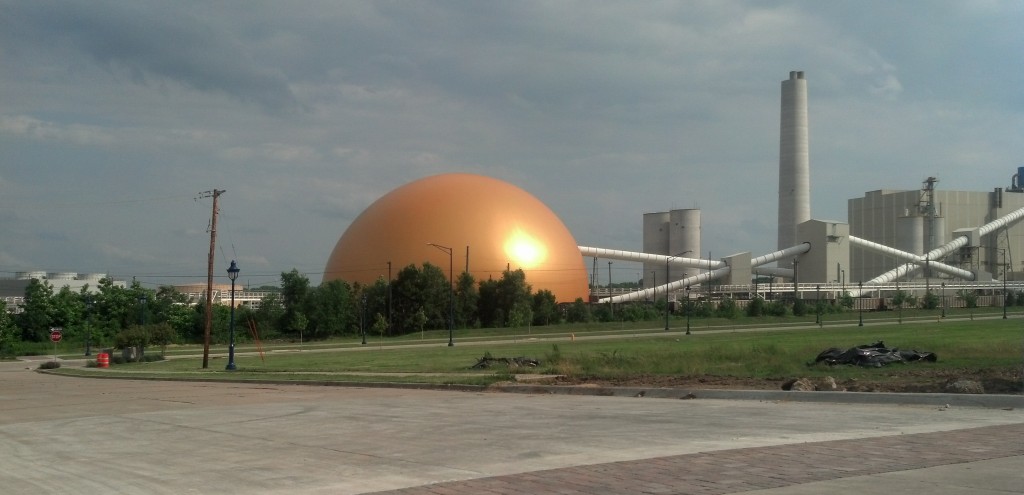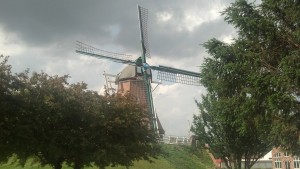
(From the Boston Public Library’s Print Division via Flickr/CC BY 2.0 >>)
CEDAR RAPIDS, Iowa — If you’ve seen the 2011 film “Cedar Rapids” starring Ed Helms, John C. Reilly and Anne Heche, don’t expect to see much of the movie’s setting here in Iowa’s second-largest city. It was actually filmed in Ann Arbor, Mich.
The real Cedar Rapids is still recovering from Iowa’s record floods in 2008, which inundated much of downtown and low-lying neighborhoods on either side of the Cedar River, including Czech Village. (The National Czech and Slovak Museum and Library, which was damaged during the floods, is currently hosting a special exhibition featuring the “280 dazzling pins [former Secretary of State Madeleine] Albright wore to emphasize the importance of a negotiation, signify high hopes, protest the absence of progress, and show pride in representing the United States,” according to the museum.)
I didn’t have that much time to explore Cedar Rapids. As I pressed westward on the Lincoln Highway, this was just a one-night stopping-off point for my trip. The one downtown feature that’s hard to miss when driving through town is the Quaker Oats complex, where towering grain elevators serve the company’s large cereal mill, which opened here in 1873.


